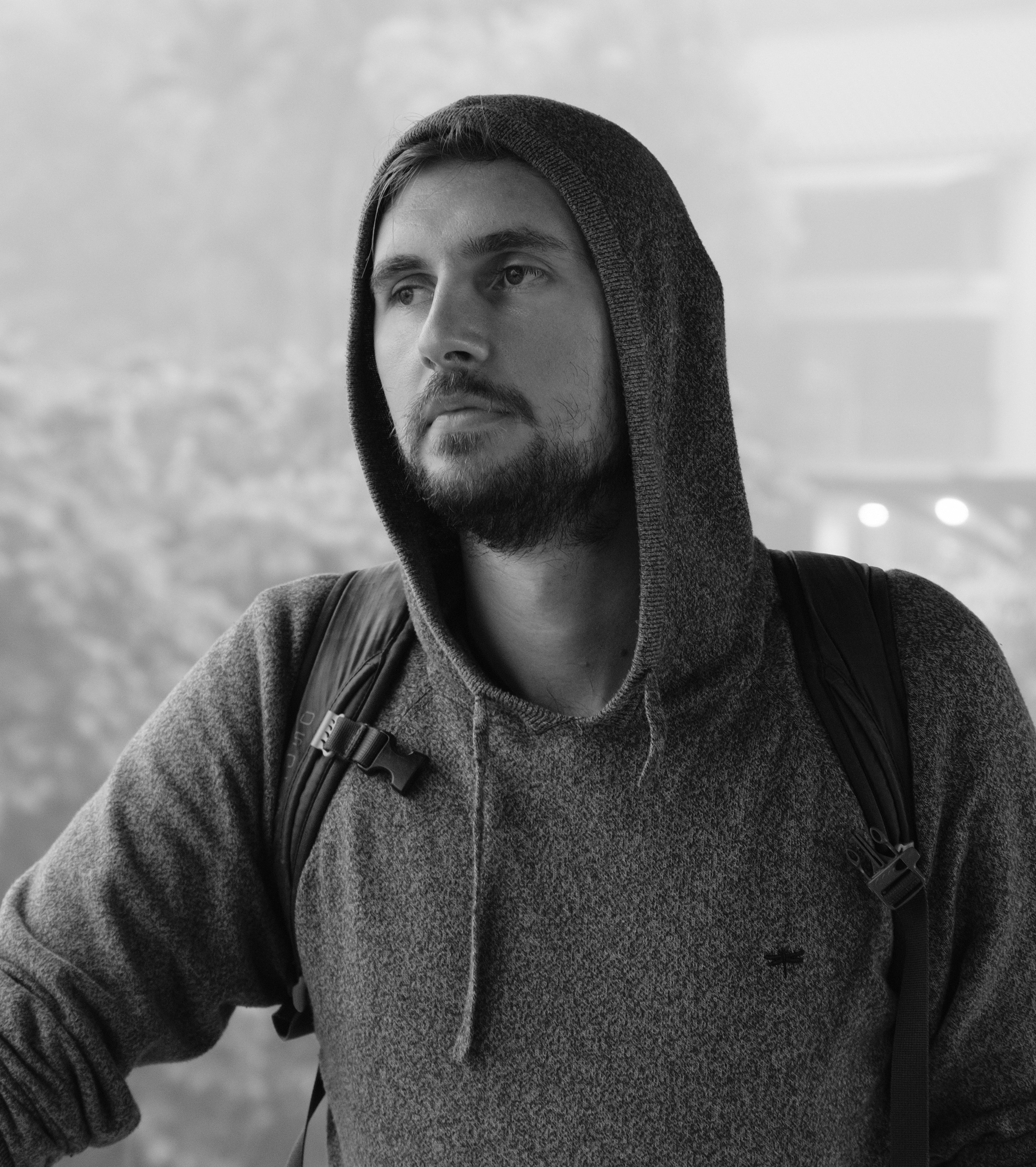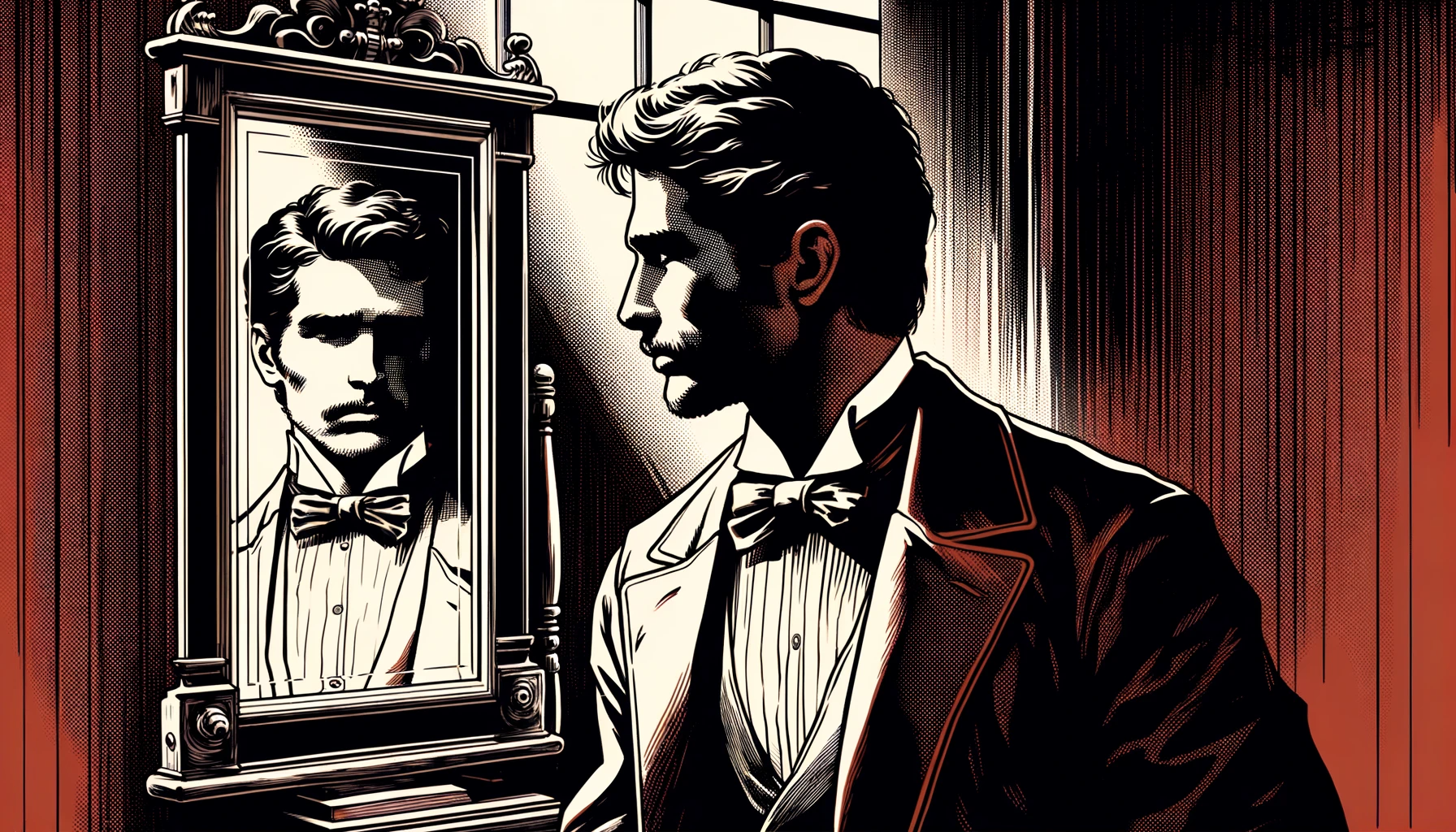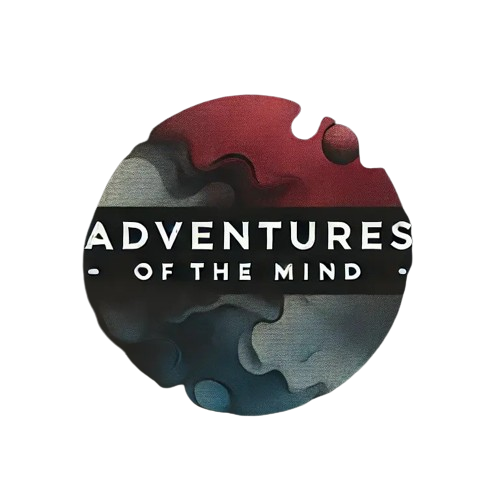Reconnecting with the Self
Published by Ben Worrall 6th October 2024

Throughout history, many cultures and traditions have claimed that our true identity is not confined to the limitations of the conceptual self we believe ourselves to be.
Instead, it is often argued that we possess a real self and a false self.
The false self is stitched together by beliefs — name, background, characteristics, and thought patterns. However, we don’t recognize these as beliefs. We think of them as ‘me.’ This construction allows us to operate in the world. It gives us a sense of existing as a particular individual, in a particular place, at a particular time.
The true self — which I like to think of as the Self — goes beyond this. It’s not specific or localized but undefinable and expansive. It’s a universal identity, the source of consciousness. It’s what allows us to experience reality in the first place.
What Is the Self?
You could think of it as a stripping away of your false notions about yourself and conducting your life from what remains.
Or you could think of it as operating from direct experience rather than ideas about that experience — which tend to isolate you from the rest of nature and restrict you from seeing reality as it truly is.
So the first thing to understand is that the Self is not just an idea but a lived experience.
To understand the Self — and eventually align ourselves with it — we first need to become familiar with it by experiencing what it’s like to live from this vantage point.
Qualities of the Self
Connecting with the Self will change you. There will be differences in your thought process, your emotional range, and the energy you exude.
As I outline the features of the Self, you’ll likely begin to recognize situations in your past where you naturally embodied them. Take some time to relive these moments. Try to get in touch with exactly what the experience was like, how you felt, and what triggered it in the first place. These will be useful clues.
Here’s the list:
Detached Awareness — You can step back and see situations from a detached perspective. There’s less judgment, less emotional reactivity, and a greater sense of curiosity.
Lack of Agenda — The results don’t matter to you as much. Your secret agendas become less relevant. You don’t take action to achieve a specific outcome but for its own sake.
Intuitive Wisdom — There’s a deep knowing that transcends your usual intellectual capabilities. You are intuitively aware of the right action, the correct decision, and how to connect with others.
Creative Flow — Your creativity comes to life with an explosion of light and sound. Ideas flow through you. There’s beauty in everything, which inspires possibilities for more beauty. You find yourself in a powerful flow state that opens up your creative work in new ways.
Boundless Energy — You have a deep desire to contribute to the world and experience everything it has to offer. This energy fuels you to do good, to make a difference.
Relaxed Lightness — You feel light and relaxed in your body. There’s no pressure or strain. You are perfectly satisfied exactly where you are. You move and act with grace. Tensions drop away, and your health improves.
Outward Focused — You’re much less self-absorbed, less stuck in your head. Your thought patterns loosen. Your attention is directed outward onto the world. You find beauty in the environment around you. You become more engaged in the experiences of others and truly listen to them in conversation rather than waiting for your turn to speak.
Confidence — Your confidence skyrockets. You can feel it, and others notice it within you. This confidence is not forced or dependent on the situation but authentic. It comes from somewhere deep within you.
Playfulness — You embrace playfulness as one of your main methods for interacting with the world and the people within it. You’re able to embody this childlike quality because you see through the facade of the seriousness of life and realize it’s a game to be fully experienced and enjoyed. You have infinite options at your fingertips, and this abundance opens you up to approaching every situation with a sense of humor.
Unconditional Love — Most powerful of all is your ability to experience everything — good and bad — with unconditional love. This isn’t your standard cultural love but a Love that overpowers conceptual identification and moral boundaries. It’s a total acceptance and embrace of all that is.
I’ve described these qualities in their extreme forms. Getting in touch with the Self won’t make you superhuman overnight. But the more you can conduct yourself from this place, the more these qualities will seep into your daily life.
Getting in Touch with the Self
In the archaeological journey to the Self, universal radiance begins to shine through, making the small self more transparent. — Ken Wilber, Integral Psychology
Now we have an understanding of what the Self is, let us focus our attention on how we can begin to realign ourselves with this state of being that has been so missing from most of our lives.
Wholeness
The defining factor that indicates how Self-aligned we are is our ability to see reality holistically, rather than from the limited perspective of our ego.
Here’s what needs to happen.
Your identity has to become fluid to the point that you can weaken your identification with thoughts and your ego needs. Then you can take a figurative ‘step back’ and see your previous sense of self with clarity. There’s now less attachment to any particular form as you identify with a unified whole.
This state of wholeness has been described in many traditions since the beginning of civilization. A common depiction is the symbol of the mandala found in Hinduism and Buddhism:

Mandala (Kosi Gramatikoff: Public Domain)
The mandala represents a unified reality or an ultimate self-understanding that goes beyond the sum of its parts. It can be recognized through the collapsing of polarizations and dualities that ordinarily guide your life. It’s a return to one essential form of awareness.
The Individuation Process
For legendary psychotherapist Carl Jung, the Self was an important concept. It was a core pillar of his life’s work on human development and psychological healing.
He described individuation as a process where a human being sheds collective cultural wrappings and moves towards the Self through the integration of both the conscious and unconscious parts of their psyche — becoming a whole, unique individual.
He saw the Self as a guiding force from which many positive qualities arise. These include a sense of balance, self-healing abilities, and enhanced creativity.
Practices
The Self will likely become more accessible later in life, as a human being meets their perceived limits and has to face the approaching reality of their own death. It becomes more untenable to hold onto many of the ideas and beliefs that previously formed their small self.
With that said, this is a slow process, and most people are never able to fully move into alignment with the Self. Therefore, specific lifelong practices can help individuals speed up this process and connect more with the Self.
There are various options here, many of which I will write about in future essays, but for now, I’ll provide you with a few examples:
Meditation and Mindfulness — These practices allow you to better detach your sense of identity from all the sensations that make up your mental process — including thoughts, emotions, images, and beliefs — allowing you to view them as the object of awareness rather than the subject.
Journaling — Stream-of-consciousness writing is a helpful way to distance yourself from your thinking patterns and hidden beliefs.
Martial Arts — Engaging in martial arts is great for grounding you in your body and in the present moment. The physical nature of martial arts draws you out of your mind and into bodily awareness. By focusing on movement and breath, you become fully present, encouraging a state of being aligned with the Self rather than being lost in conceptual identification.
Acting Classes — Acting allows you to take on different ‘characters’ and, in doing so, realize that there is no one fixed character that defines you. By embodying various roles, you begin to see that your identity is more fluid than you might have believed. This can help you understand that beneath all these personas lies the Self. Acting frees you from your ego identity and helps you embrace the Self while taking on different perspectives when needed.
I’d recommend incorporating at least one of the above into your routine.
Relating to Other People
Your small self is limited in perspective. The way you see the world is colored by your beliefs and the positive or negative meanings you assign to events.
You can begin to make cracks in your own smaller identity, and move more in line with the perspective of the Self, by relating to other beings and seeing the world through their eyes.
If you can begin to understand what their version of reality looks like, you cast doubt on your own seemingly concrete viewpoint and make room for an expanded sense of self.
Simplify Your Lifestyle
The modern lifestyle is a cavern separating you from the Self.
Most of us are too busy — so busy that the time and space needed to connect with the Self are nowhere to be found. This constantly stimulated autopilot mode forces us to retreat into and operate from the ego. We cling to the smaller identity because we’re not giving ourselves a chance to discover any other way of being. The never-ending stream of inputs and outputs pulsate through our body-minds and govern our experience.
The answer is to disconnect and simplify.
This means adopting a moderate lifestyle focused on grounding us in reality — nature, close relationships, a healthy diet, exercise, creativity, and intellectual exploration.
Personality and the Self
The final point I want to make about becoming more aligned with the Self addresses an area of confusion that needs to be cleared up.
When I talk about becoming the true Self, I don’t mean that the person you think you are — your personality — is going to suddenly disappear or should be repressed because it’s ‘not real.’Your personality is an important aspect of who you are and will remain with you for the rest of your life. A significant part of inner work is healing and developing aspects of your personality and self-identity.
It’s not that the personality vanishes or that you become a blank slate who has transcended the world. It’s that you can become one step removed from it. You no longer identify with it. You no longer see it as who you truly are.
It’s important to understand this distinction and not fall into the trap of spiritual bypassing, where you hide behind the Self to avoid real-world problems or avoid doing any type of self-development work because it’s easier to latch onto the belief that none of it is really you.
The Hidden Center
The sun rises each morning, and the people on Earth rejoice. They bask in its glory, for the sun is at the center of their lives. Without it, they are nothing. They cannot exist in the dark. They rely on its light and warmth. Nothing would be possible without it.
The Self and the sun are symbolically linked. Both are forever present, core to the existence of life, always shining their light out onto the world — even though at times both are hidden from sight.
We need the Self just like we need the sun. Everything we do is an attempt to get back in touch with it.
It’s the state of being we’re all searching for.
In the darkness of the night, we wait patiently for the return of daylight. We know it’s there, and our innate connection gives us faith.
In the same way, deep down, we know the Self is waiting for us to find our way back to it. There’s a hint of familiarity, but this true identity has been so suppressed by all our personal and cultural blockages that, for a large portion of humanity, it has almost been forgotten.
This is a reminder.
Ben Worrall





